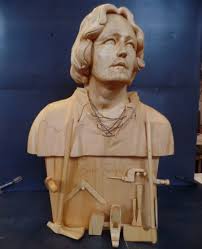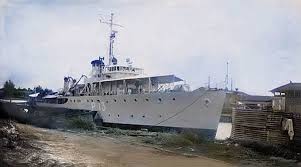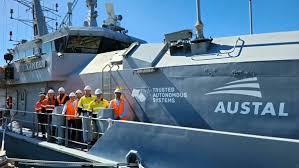Report from 2016

A life-size bust of carpenter Pieter Jacobsz has been on a sea journey to Australia for a week. The sculpture workshop at the Batavia Wharf in Lelystad has been working on this project for the past few months at the request of the Australian Wooden Boat Festival in Hobart.
The reason for this project is that it has been four hundred years since Dirk Hartog discovered Australia. Additionally, 2017 marks 375 years since Abel Tasman discovered Tasmania. In this context, the Batavia Wharf was commissioned by the Australian Wooden Boat Festival to create a wooden bust of carpenter Pieter Jacobsz. This carpenter was the person who, under the orders of Abel Tasman in 1642, actually planted the Dutch flag in Tasmania.
When Abel Tasman discovered the new land and sailed to the coast with part of the crew in small boats, a strong wind arose halfway through the journey. Due to the strong wind and treacherous surf, some of the boats had to return. Abel Tasman was still able to approach the coast with his boat and crew until they were in a small bay. However, they did not dare to approach the land for fear of being dashed against the rocks.
Abel Tasman then ordered Pieter Jacobszoon, the master carpenter who was also on board, to swim to the land with the pole and flag and plant it in the middle of the bay, which he successfully accomplished. Australia believes it is time to honor this ‘ordinary man’ with a beautiful bust of Pieter Jacobszoon.
Since there is no drawing of the actual master carpenter, the appearance of the bust was left to the creative mind of the head sculptor at the Batavia Wharf, Tiemen Pasterkamp.
The special cargo is expected to arrive in Tasmania at the beginning of January 2017. The Australian Wooden Boat Festival, where the Netherlands is the guest of honor, will take place from February 10 to 13, 2017, in Hobart. Pieter Jacobsz will be given a prominent place there.
See also: At the far side of the world


